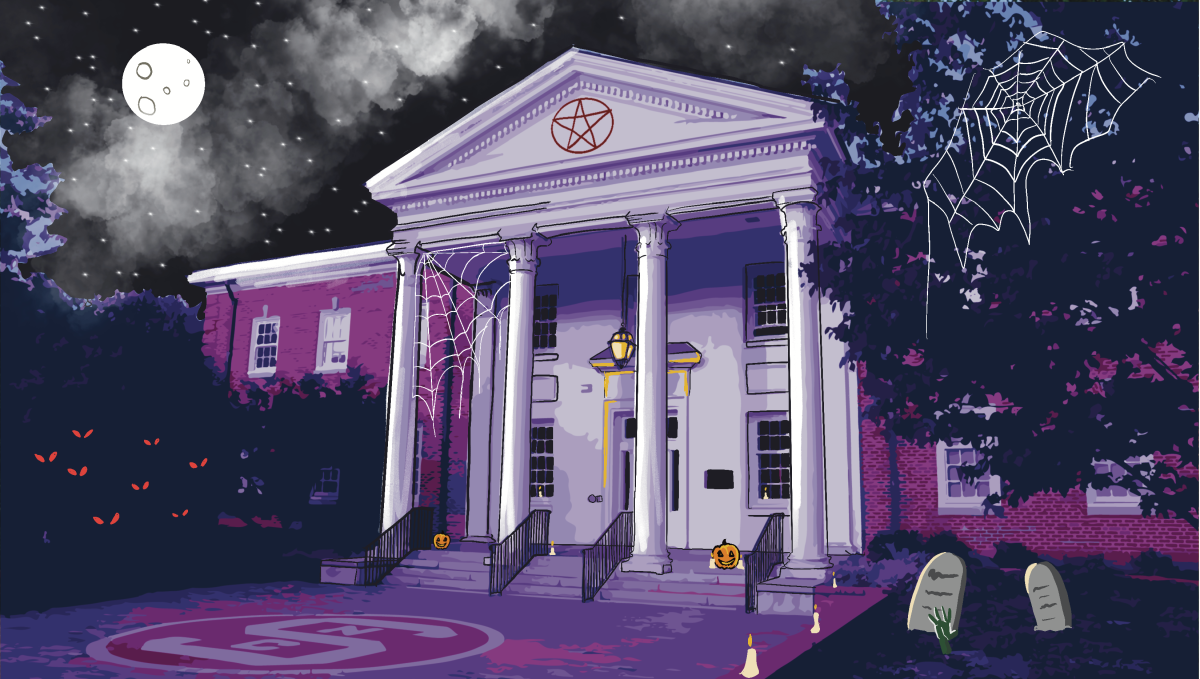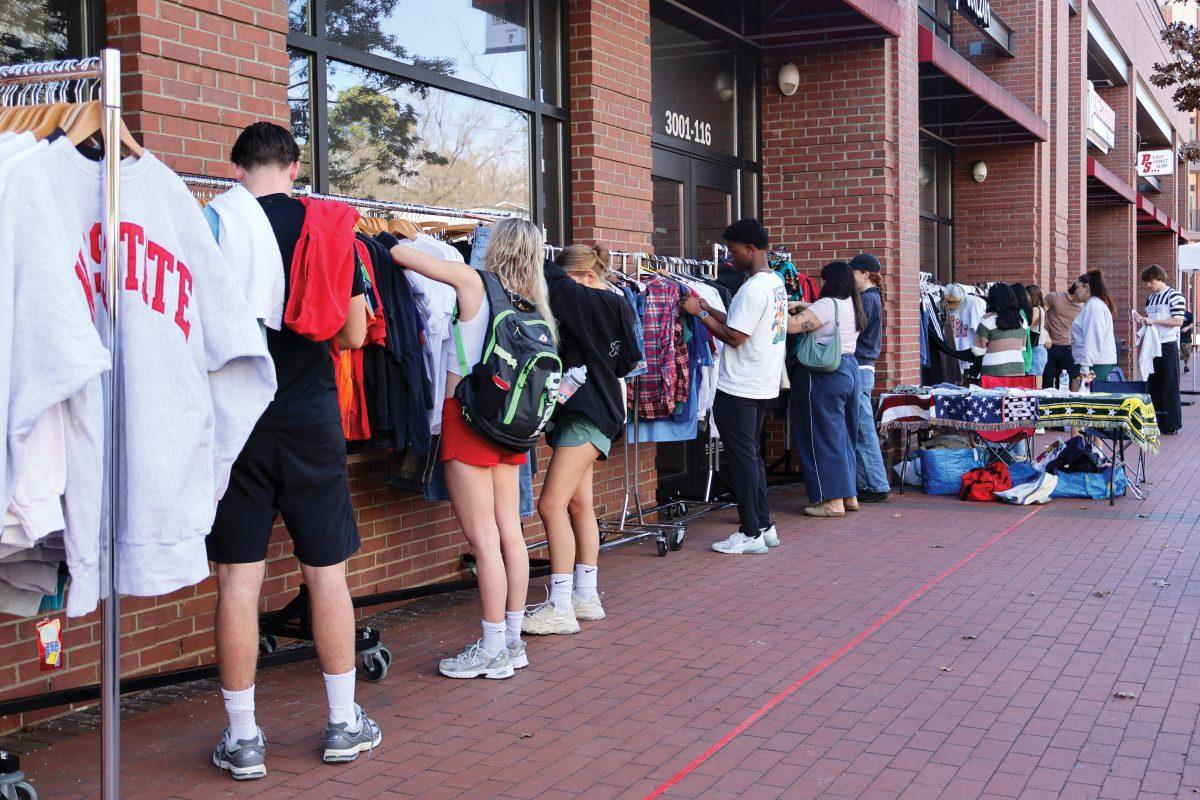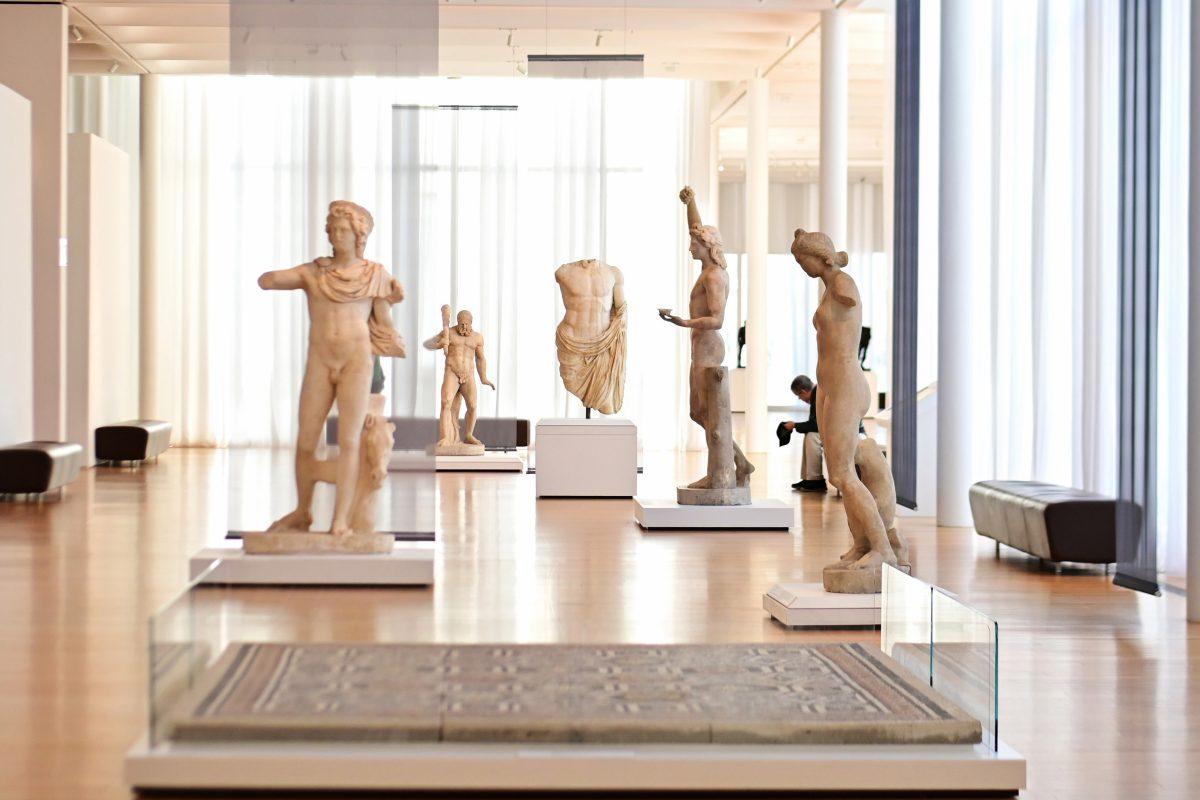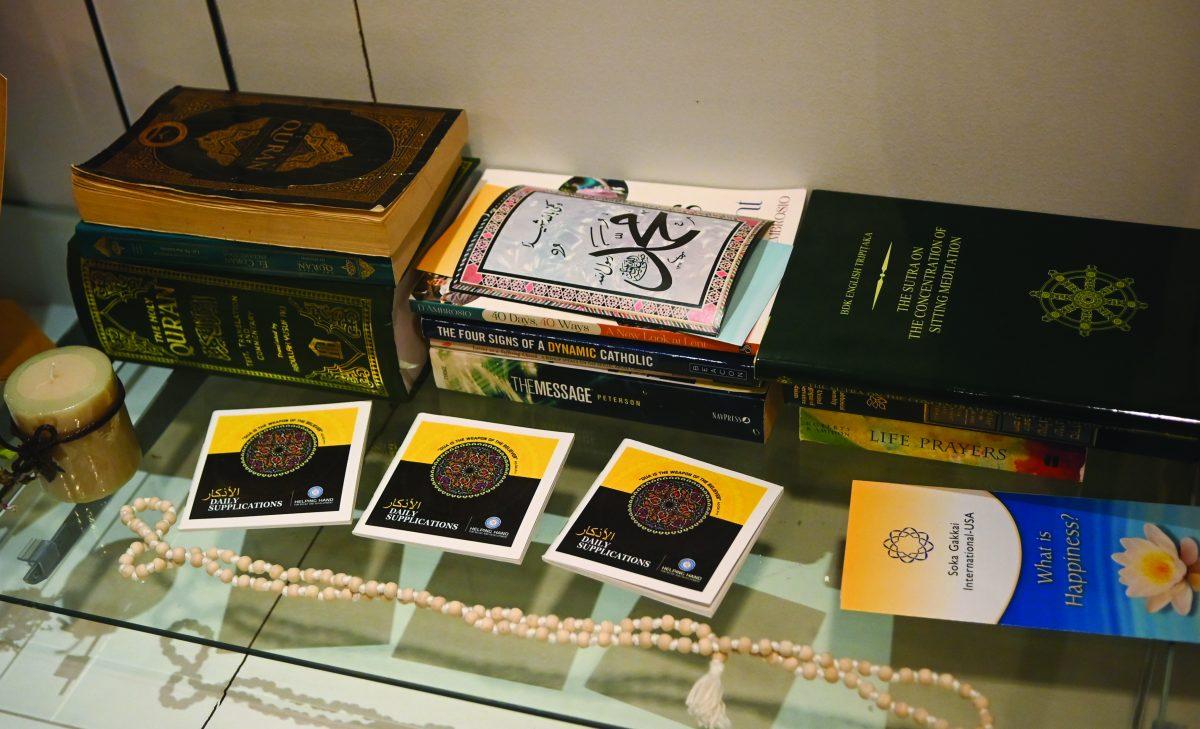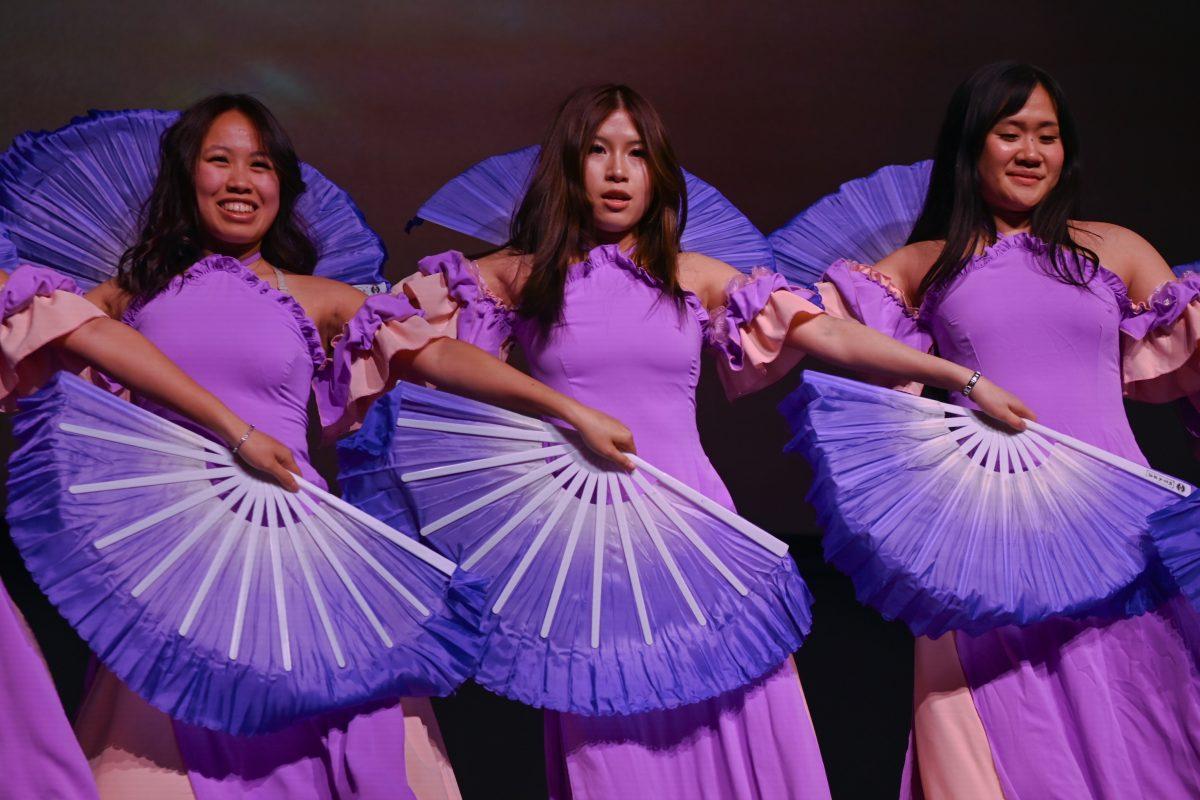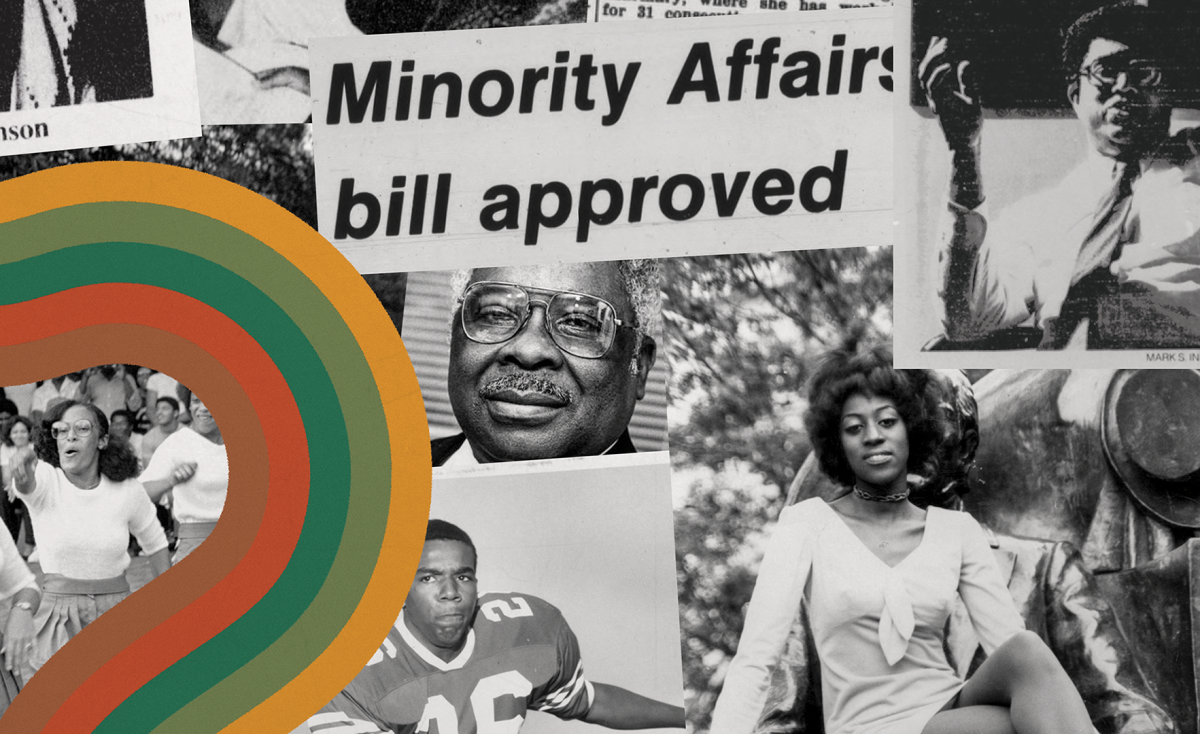The weather has finally started to shift into true fall. Around campus, red, yellow and brown leaves are beginning to scatter among the bricks, and the cardigans are coming out for early morning classes. Night falls earlier each day and brings the temperature down with it. If you walk home after dusk, don’t be alarmed if the temperature drops a few degrees as you head up Pullen Road towards the Belltower. Passing Winslow Hall, you may notice flickering lights or crashes against the dark silence inside the historic building.
The origin of this nighttime bustle lies 103 years in the past, when Winslow Hall — then known as the Alumni Memorial Building — served as the campus infirmary throughout the turmoil of the 1918 flu pandemic. Tensions were already high on campus entering the fall semester in 1918. With the U.S. in its second year of involvement in the Great War, nearly 600 of the 1,020 students enrolled in the University were enlisted in the newly formed Student Army Training Corps, which provided simultaneous education and military training.
With the threat of deployment already hanging in the air, the first case of the swine flu, also known as the H1N1 virus, snuck in to attack campus in early October, beginning one of the deadliest months in the history of NC State’s student body. Following that first case, the swine flu was swift and catastrophic with its spread through the University’s population.
With no effective drugs or vaccines as treatment, victims of the highly contagious flu often died within hours or days of symptom development. Over the course of the academic year, more than 450 cases of the flu were reported, infecting close to half of the student body.
With the newly imposed military structure on campus, classes proceeded as usual, though Wallace Carl Riddick Jr., president of the University at the time, did note an understandable decrease in academic expectation of the students throughout this period. Clubs, sports and other events were not so fortunate, however, as the focus of students and staff alike shifted to caring for the sick and keeping essential systems such as food halls up and running.
The infirmary in the Alumni Memorial Building quickly overflowed with more patients than there were beds to accommodate. Additional infirmary space was temporarily set up in the YMCA building, which rested where Kamphoefner Hall now exists. The infirmary staff, which normally consisted of a singular physician and one matron nurse, began recruiting volunteer nurses to assist with the overwhelming number of patients. These volunteers consisted widely of women who worked in other capacities on campus and chose to add to their duties by caring for the ill.
One such volunteer was Eliza Riddick, Wallace Carl Riddick Jr.’s niece, who worked as an office receptionist on campus. Eliza Riddick was a vibrant and beloved presence on campus amongst students and staff alike. After less than two weeks of caring for patients in the infirmary, she fell ill herself and succumbed to the virus within a week of her first symptoms.
By the close of October, the virus had killed 13 students and two nurses — Eliza Riddick and Lucy Page — and weakened many more. With the tragedy and abruptness of such fatalities, it is no wonder these victims are speculated to be restless in death. Eliza Riddick and Page are said to wander through Winslow Hall at night, making a racket in their search for patients who need their care. They eternally exist with the injustice of early death that overtook the globe in 1918.
As you pass Winslow Hall this fall, there is no need to fear Riddick and Page’s ghosts. They are simply coping, as we all are, with the constant effects of daily entrenchment in global tragedy.


